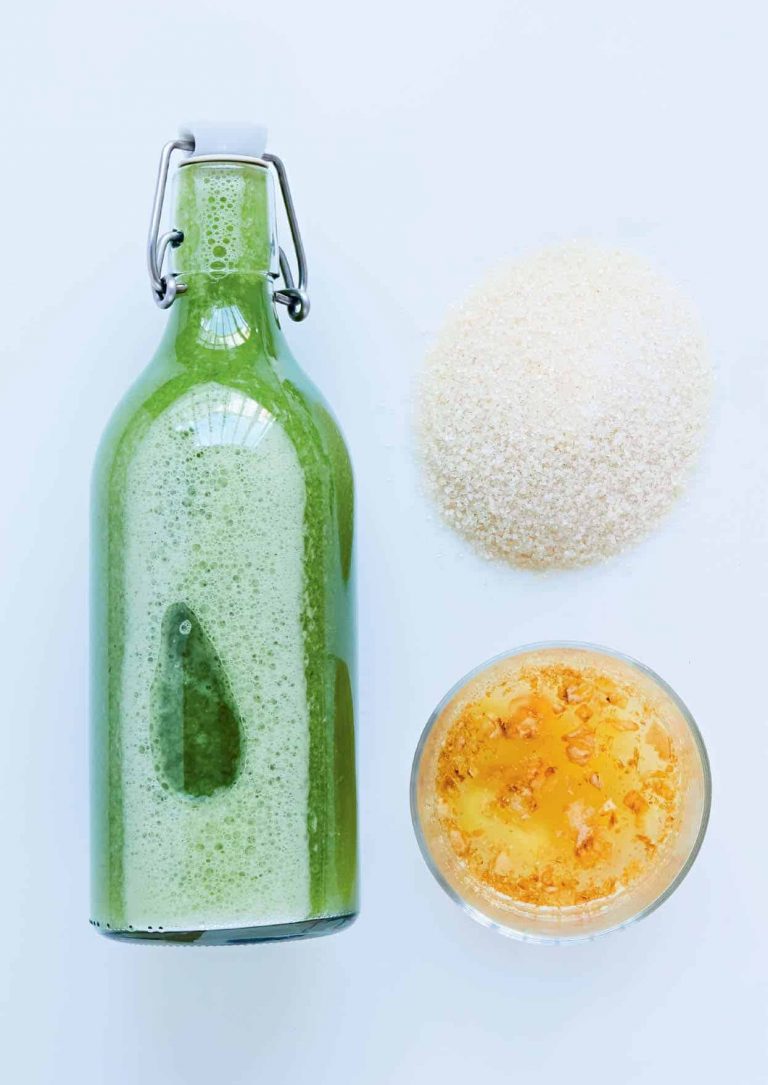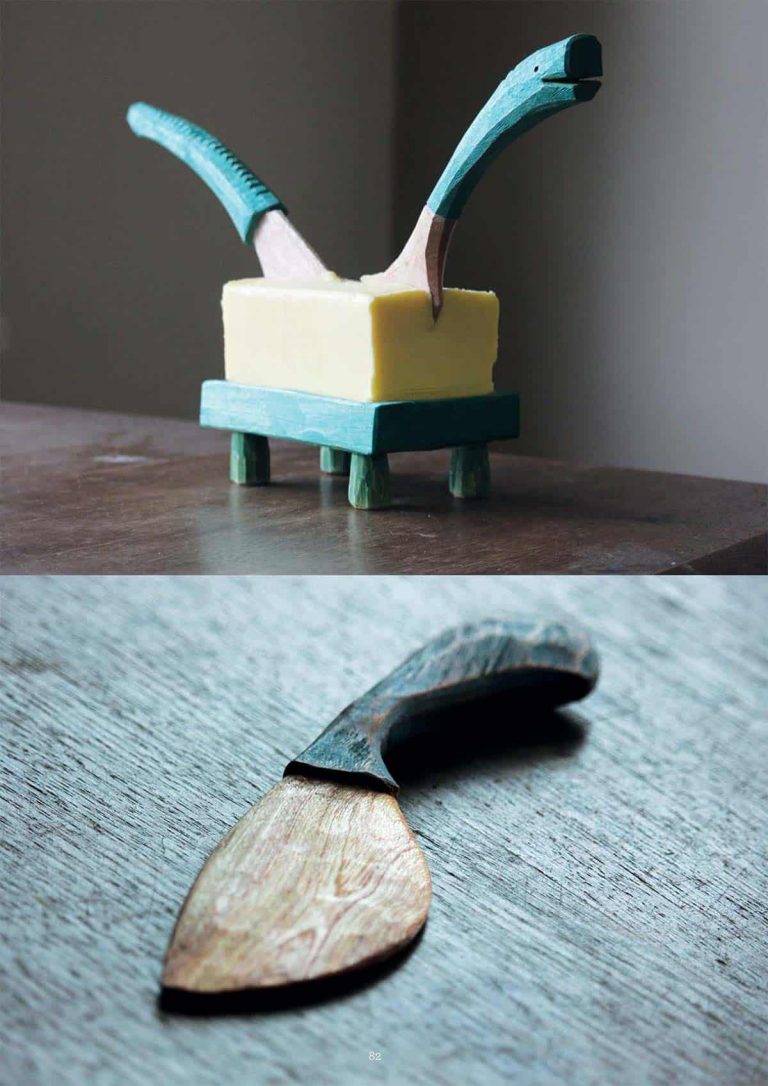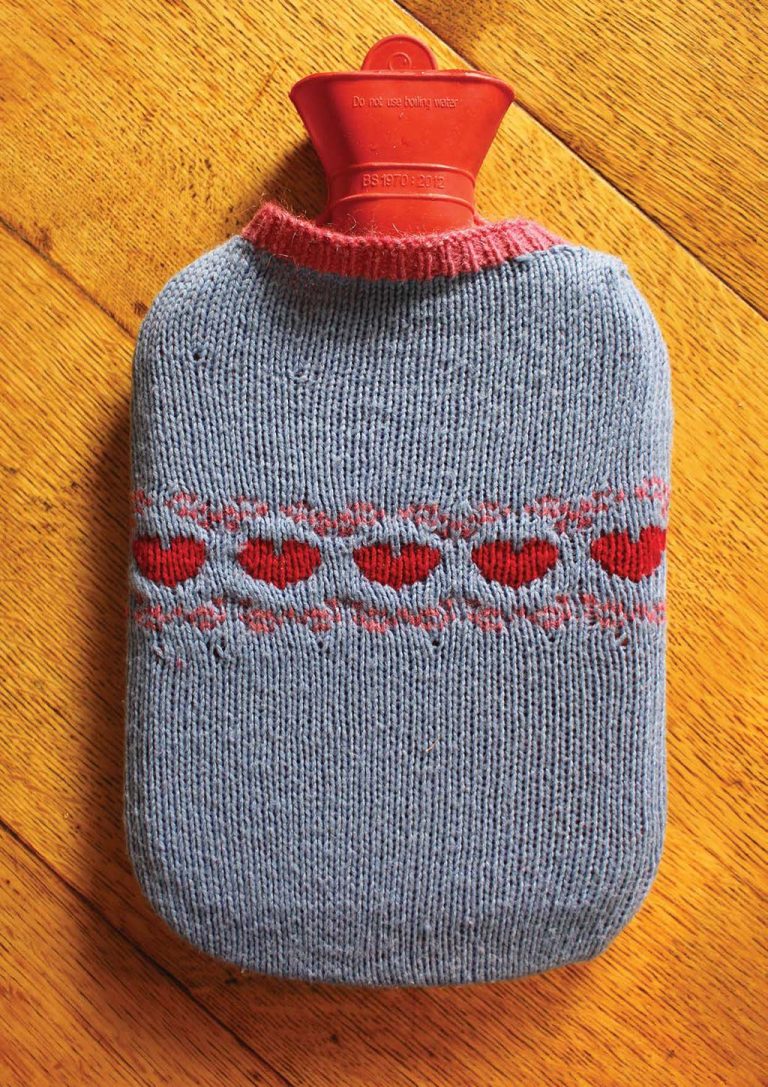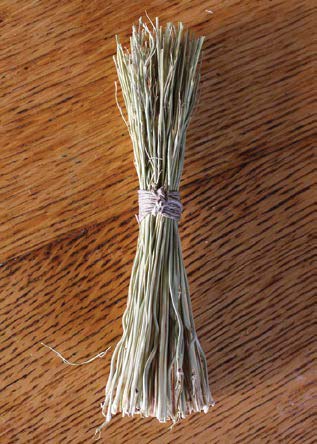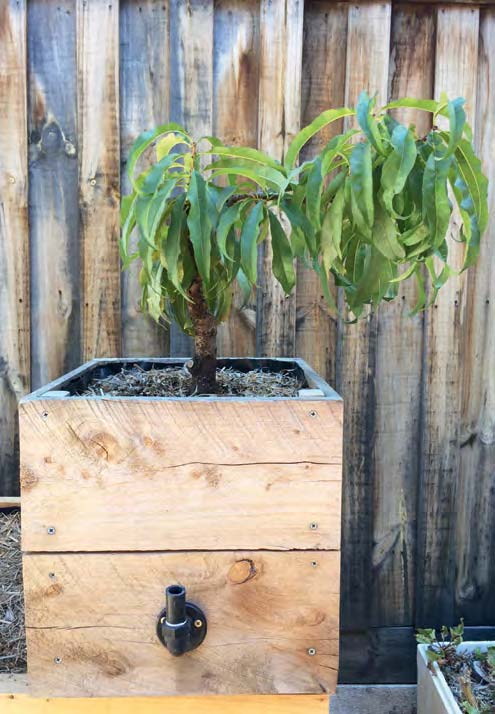Upcycle: Hooded Beach Towel

This long, enclosed and wearable towel is the perfect project to give new life to tired towels. Great for coming straight home from the pool or the beach without getting changed and ideal for when you need to discreetly change out of your bathers somewhere public.
Treat you or your family with a practical addition to the beach bag this summer that will both reduce waste and save you money. Using the towels from the back of your cupboard, or some bright-coloured or patterned towels picked up in an op shop, this wearable beach towel means the kids can stay in the water for longer. And with enough room to be able to get changed within it, accidentally exposing yourself is a thing of the past.

